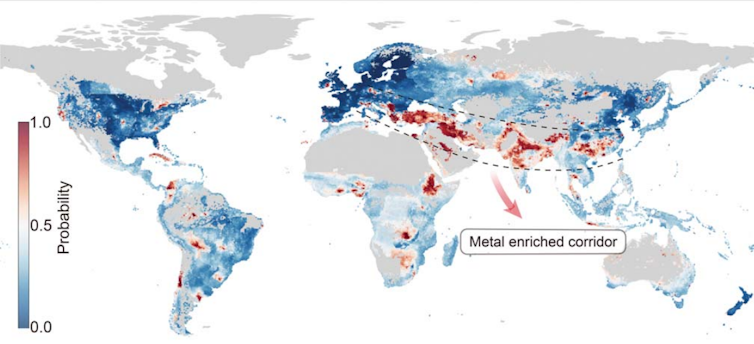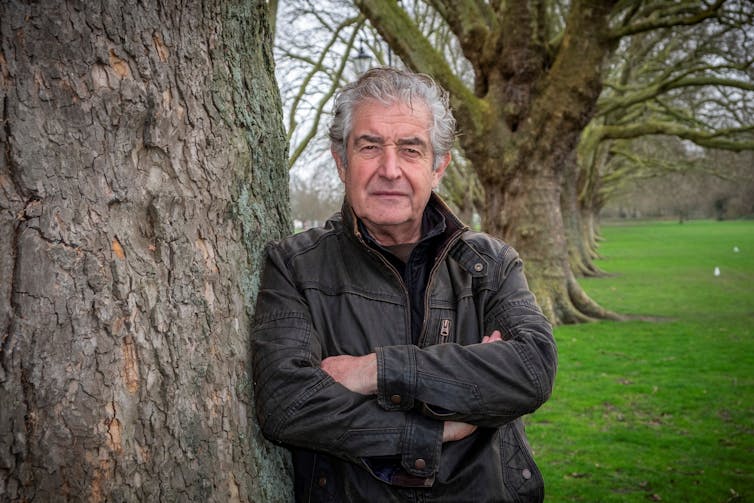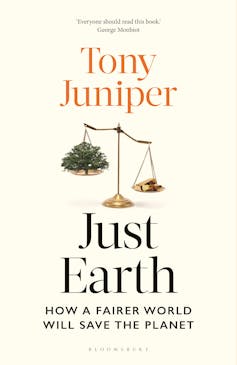
For two weeks, I was able to take part in the Antarctic Treaty Consultative Meeting (or ATCM), which is the yearly negotiations on Antarctic matters under the Antarctic Treaty, as part of my PhD research in Sustainable Futures on Antarctic environmental governance at the University of Bristol. This year, the negotiations took place from June 23rd to July 3rd in Milan, Italy.
The Antarctic region is legally defined as the lands and waters south of the 60° S latitude. Antarctica is a primarily ice-covered continent surrounded by the Southern Ocean. It is one of the four internationally recognised global commons but, unlike other global commons, such as the high seas, the Antarctic is not governed by the United Nations. Since the adoption of the Antarctic Treaty in 1959, it has been governed by a group of States. This Treaty suspended all territorial claims made, including by the United Kingdom, and made peace and science the foundational pillars of the system. Since then, there have been additional treaties to address specific issues, such as sealing (Convention on the Conservation of Antarctic Seals, 1972) and marine management (Convention on the Conservation of Antarctic Marine Living Resources, 1980). In particular, an Environmental Protocol was adopted in 1991 which prohibited any mineral exploitation and created a Committee on Environmental Protection (CEP), which meets in parallel to the ATCM, during the first week of the negotiations. Its report is then adopted by the ATCM during the second week, and all reports are publicly available on the Secretariat of the Antarctic Treaty’s website.
Only 29 States have decision-making powers at ATCMs, while 29 other States can take part in discussions but do not have decision-making powers in this consensus-based system. However, there are also non-governmental organisations. The Scientific Committee on Antarctic Research (SCAR) is a major Antarctic stakeholder with observer status as it coordinates and promotes Antarctic science, and there are also international groups like the International Union for the Conservation of Nature (IUCN) and the World Meteorological Organisation (WMO). My participation was enabled by the Antarctic and Southern Ocean Coalition (ASOC) as a visiting researcher. As the meetings are held behind closed doors, participation is only possible within one of the delegations, and ASOC has a tradition of hosting academics, which supports both Antarctic research and, to some extent, the transparency of the Antarctic system. Founded in 1978, ASOC is at the forefront of environmental advocacy both at ATCMs and outside the meetings, including member organisations such as WWF, Greenpeace, and the Pew Charitable Trusts.

For my research, I was interested in the discussions of the CEP which I followed during the first week. The agenda items I was particularly looking forward to were the designation of new protected areas and the designation of Emperor Penguins as a Specially Protected Species, because both already faced opposition in past years. And this time was no exception. When Germany proposed a new protected area, a Party opposed, and consensus was not reached. Similarly, when the designation of Emperor Penguins as a Specially Protected Species, especially in the context of declining sea-ice, was raised by the United Kingdom, two Parties opposed the proposition, primarily based on a lack of scientific information to justify such a designation. Both were disappointing outcomes, and it is preoccupying to see these issues reoccurring each year.
In addition to these items, some other discussions caught my attention. For instance, the role of SCAR as an objective scientific body providing the research that should guide evidence-based polices at the ATCM was challenged in particular by the Russian Federation. To me, this is particularly concerning as it is urgent to better protect Antarctica: while SCAR does focus primarily on Western science, time is running out. Attempts at downplaying scientific findings and doubting the quality of the evidence presented postpone vital decisions on Antarctic protection and a strong implementation of the precautionary principle is still lacking.
Furthermore, the Antarctic is far from being a remote and isolated continent. All international dynamics are reflected in the negotiations, even though the tone was always polite. A Party’s opposition to many environmental protection measures can be understood as a way to assert presence in the consensus-based Antarctic system. In addition, Canada and Belarus both applied for full membership in the system with decision-making powers – Canada for the fourth time. Canada’s application was opposed by two Parties despite a majority of States recognising its scientific contributions, and Belarus’ application was opposed by Ukraine with a strong support from many States. In general, it is concerning that geopolitical considerations take precedence over environmental protection even in a part of the world where territorial claims are suspended and military activity prohibited.

I also learned that, as we passed 1.5° of warming, the consequences will be severe for the Antarctic ice sheet. This will lead, for instance, to sea-level rise of several meters in the coming decades and centuries, among other dramatic impacts. Antarctica will therefore become very different, and it becomes crucial to imagine how we can research and live with a disappearing and changing continent. Hence the importance of social sciences and humanities, in addition to natural sciences, to critically reflect on Antarctic governance, its future, and human-environment relationships amid extinction.
However, it is important to remember that the treaty still holds and that it is, in these complicated times, already a small success. Keeping spaces for dialogue, even when States all have different agendas and priorities, leaves the door open for cooperation and communication, bearing in mind that the system already withstood the Cold War, the Falkland War, and the invasion of Ukraine, among other regional and international crises.
Discussions will continue intersessionally between States, for instance to find a compromise on the German protected area. The next ATCM will take place in May 2026 at Hiroshima, Japan, chosen for its strong connection to peace and denuclearisation. Let’s hope that new environmental measures will finally be agreed to protect Antarctica and transform human engagement in a very rapidly changing region.
————————————-
This blog is written by Jordane Liebeaux, a PhD student in Sustainable Futures at the University of Bristol.


















